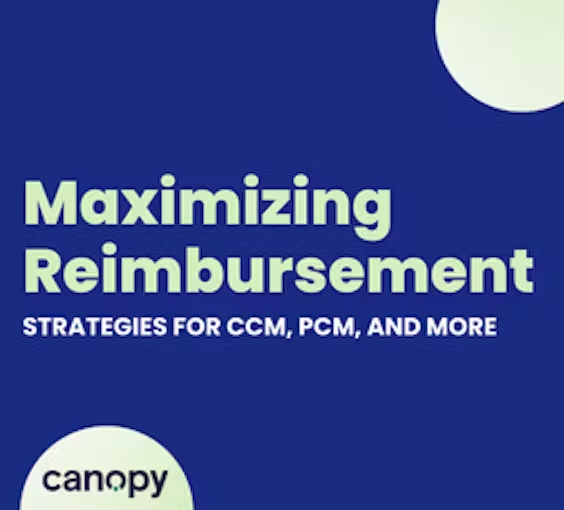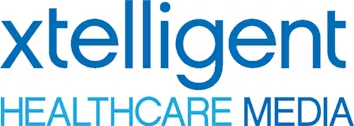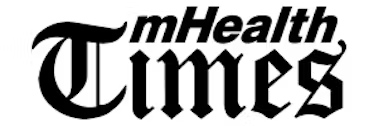Enhancing Continuous Care: Implementing a Principal Care Management Program at Pontchartrain Cancer Center
Pontchartrain Cancer Center Partners with Canopy to Further Streamline Continuous Care Management Pontchartrain Cancer Center (PCC), a leading community oncology practice with multiple locations in Louisiana, recently partnered with Canopy, the first Intelligent Care Platform for oncology, to further transform patient outcomes through continuous care management and implementing a Principal Care Management (PCM) program.










